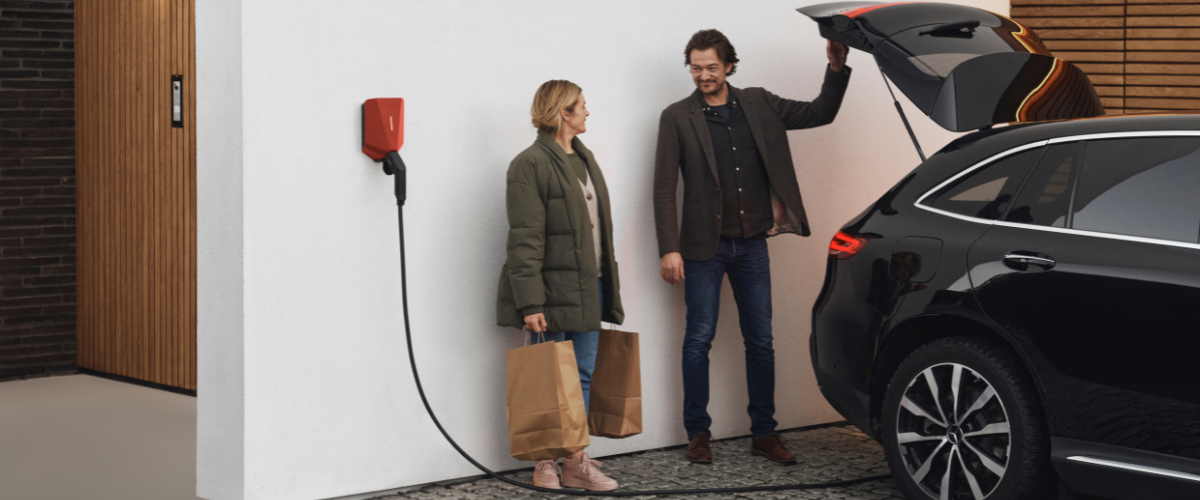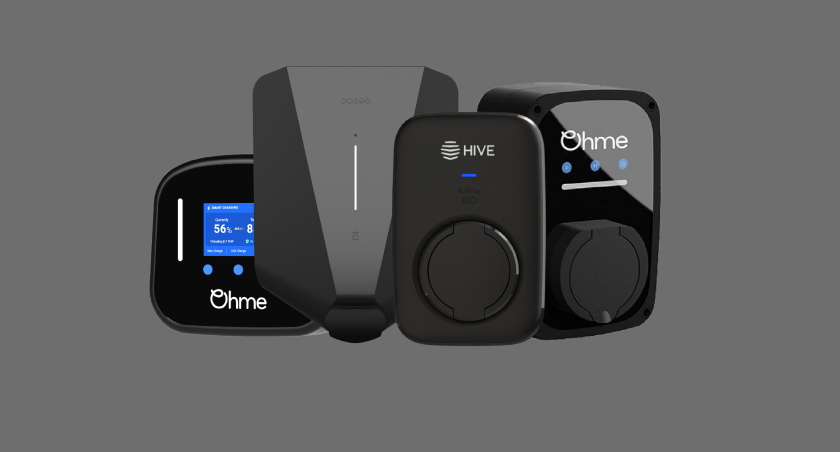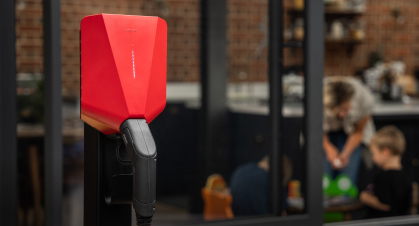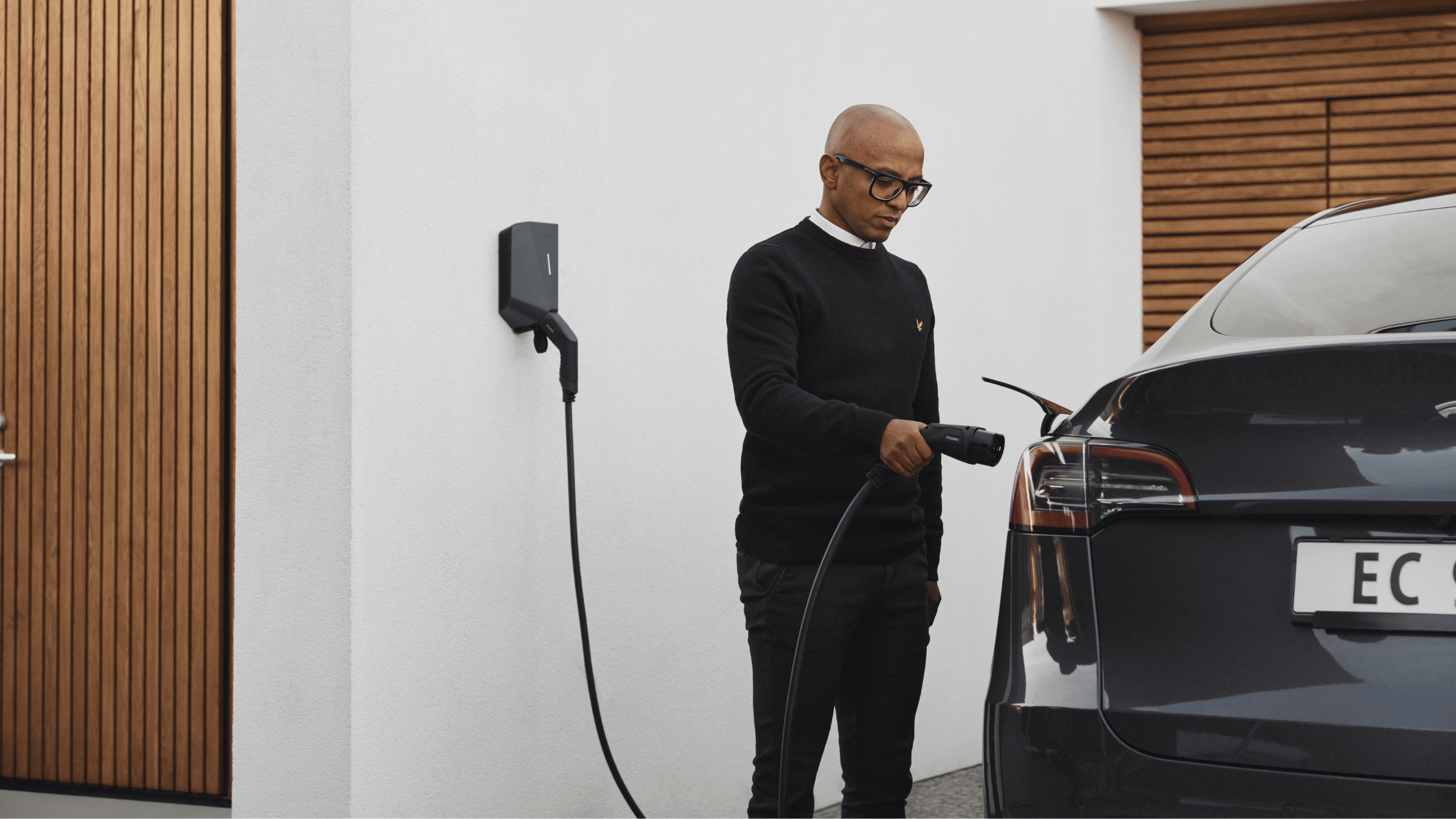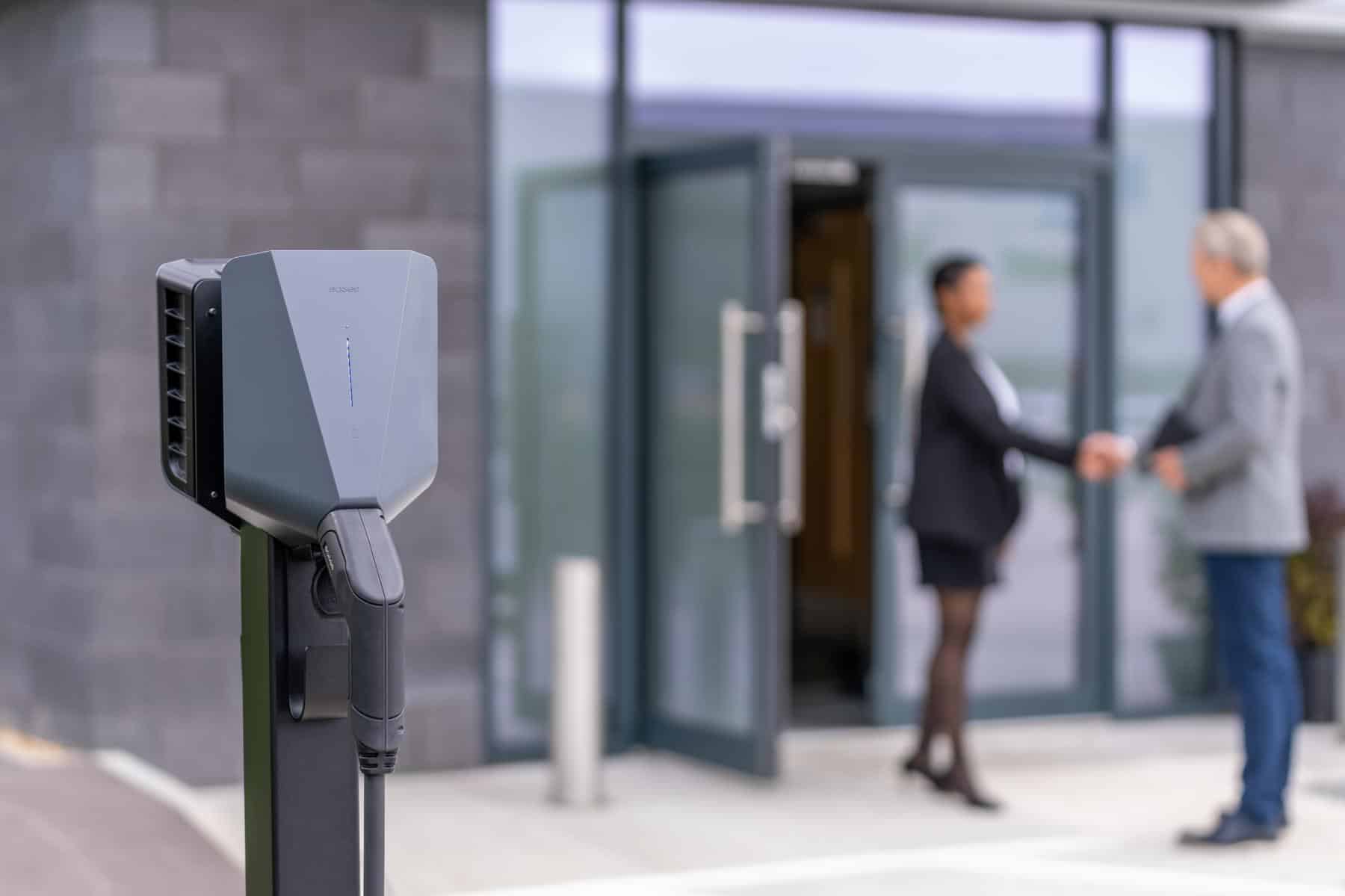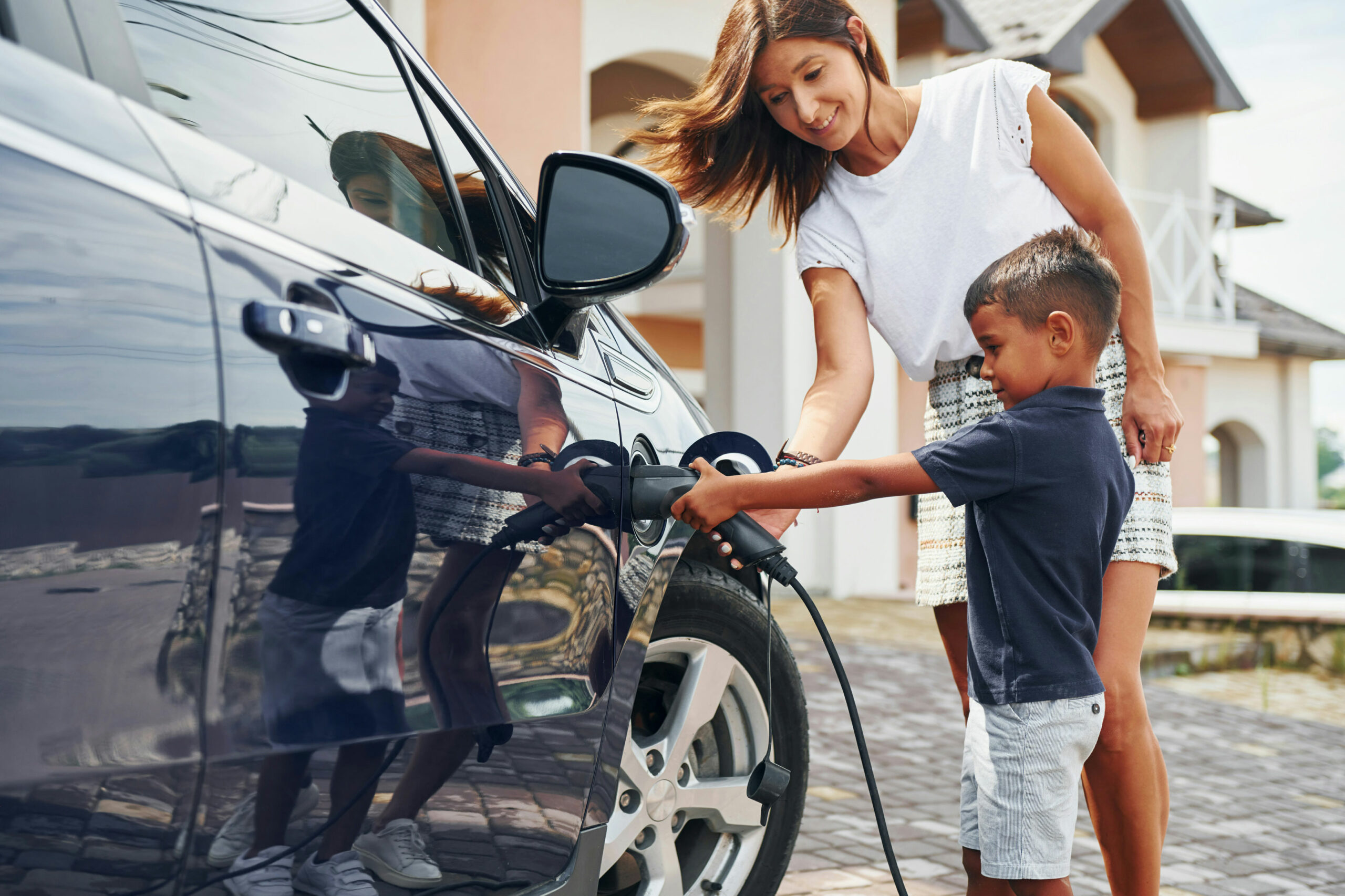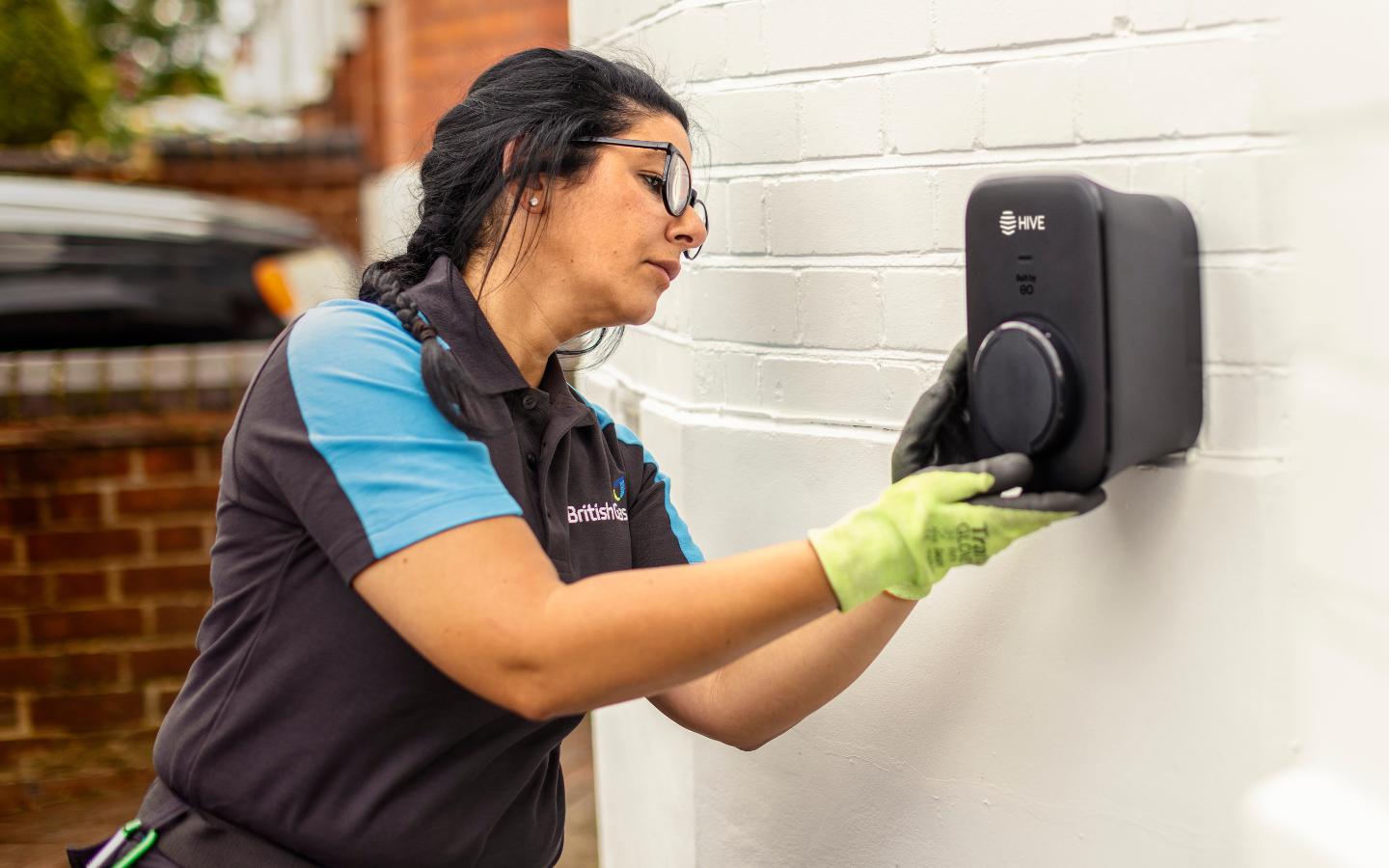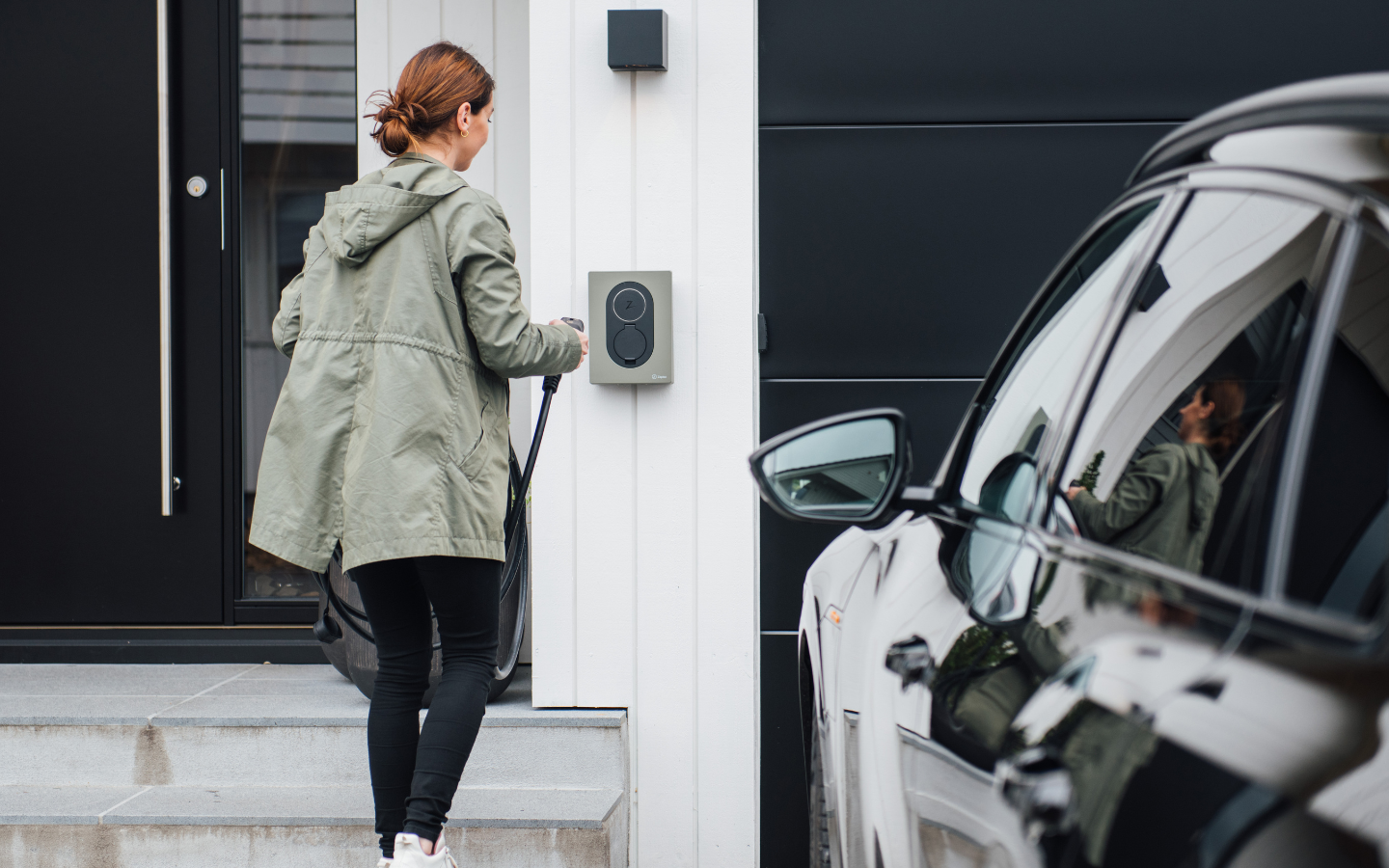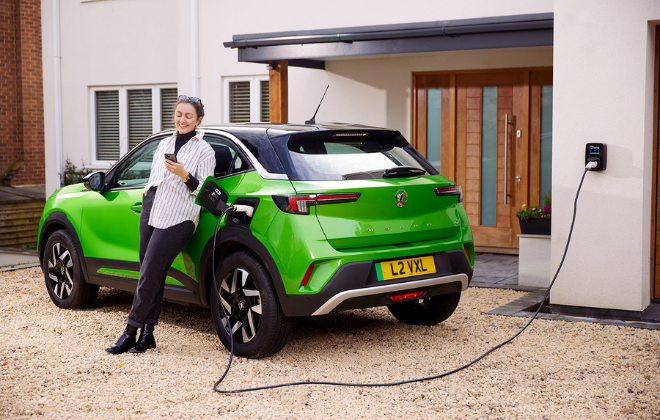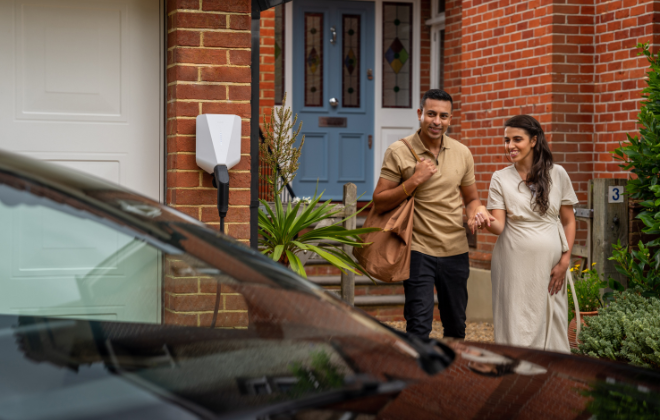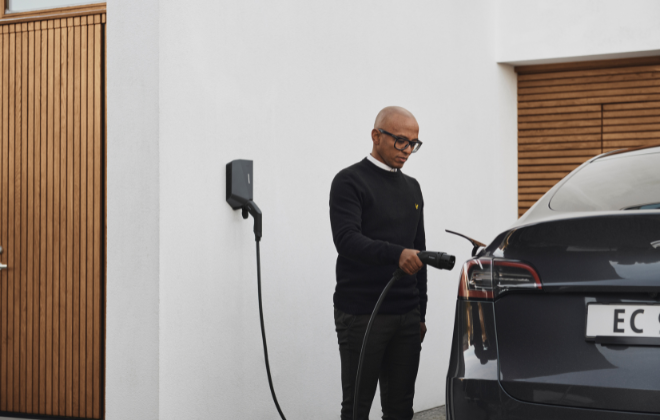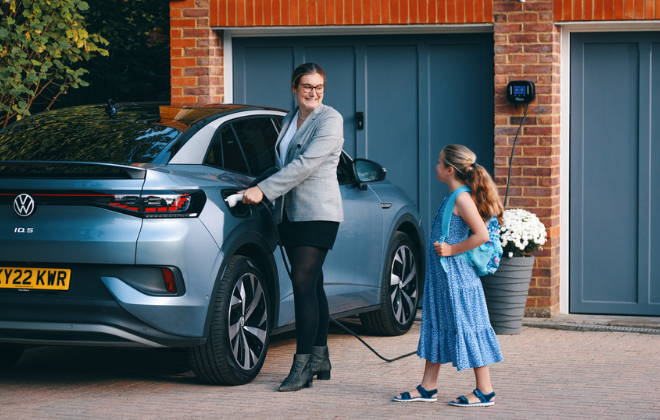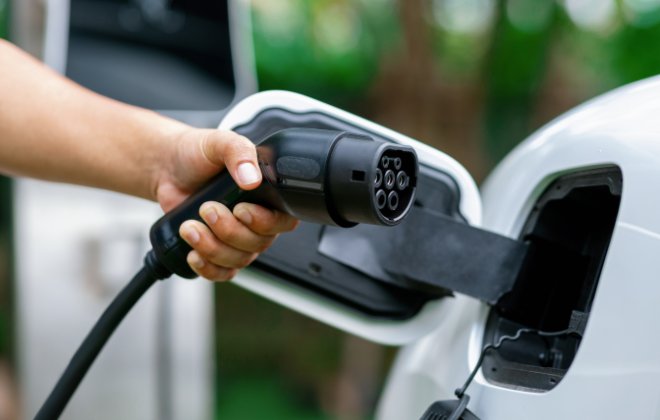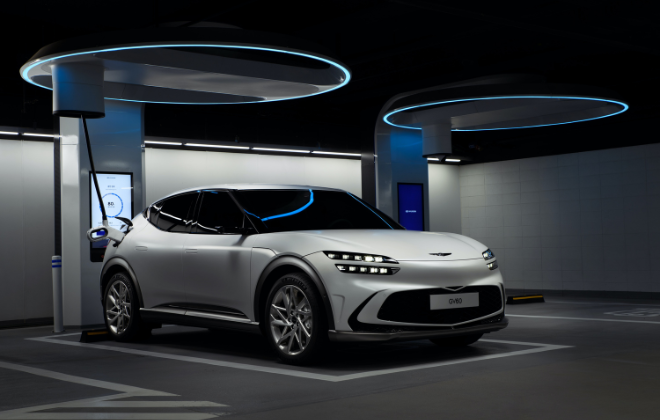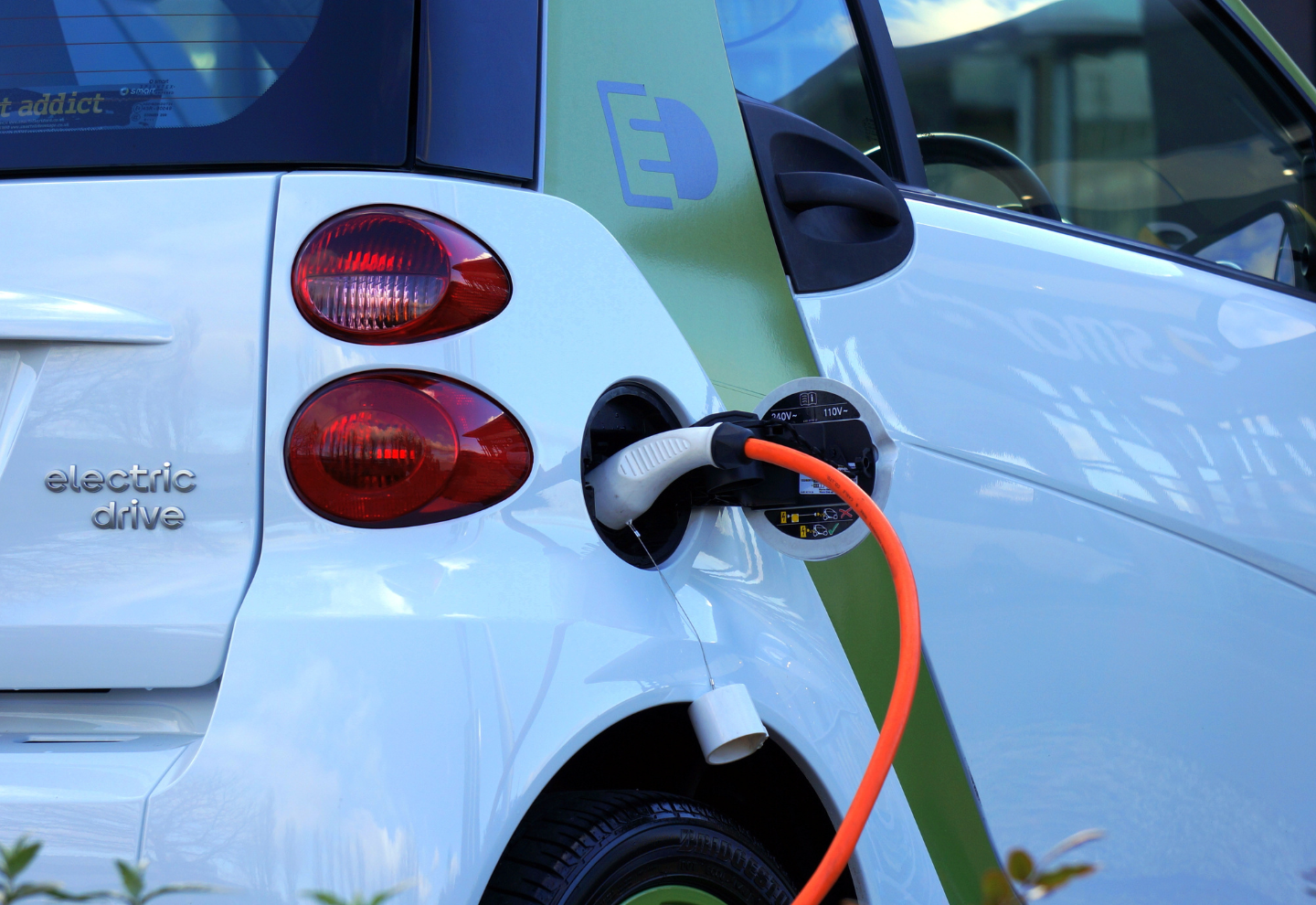

Should you worry about the range of your electric vehicle?
Should you worry about the range of your electric car?
Electric vehicles have become synonymous with “range anxiety” – a term used express the fear of not being able to get from A to B in an electric vehicle before running out of charge.
Range anxiety is currently one of the most significant barriers to the widespread adoption of electric vehicles, but is it a valid concern? Continue reading to find out why you shouldn’t worry about range anxiety and discover our top tips on how to increase the range of your EV.
Should I worry about the range of my electric car?
One of the main reasons why people have range anxiety is that they believe EVs do not have enough range to make long journeys. However, the range of most electric vehicles exceeds most drivers’ needs. Electric cars have an average range of 211 miles, providing more than enough range for daily journeys without having to stop to charge.
Another reason for range anxiety is the perceived lack of charging infrastructure. People may want to use their EVs for long road trips, but they might be worried that they won’t be able to charge their car en route. Although this is a valid concern, new charge points are being added daily, and the UK’s charging point infrastructure is continually improving.
Currently, there are 70,434 EV charging points across the UK – a 41% year-on-year increase, showing the speed at which EV charging infrastructure in the UK is expanding. In fact, there are more public charging points than petrol stations.
Smartphone apps have also been developed to help reduce your chances of being stranded without any power in your EV. For example, Zap-Map is a great app that allows you to locate the nearest EV charger to you. The app also has a great route planner that helps EV drivers plan longer journeys to ensure there is a suitable charging stop on the way.
How do you maximise electric car range?
There are also many tips and tricks that can help you maximise your battery range while driving. Keep reading to see how to get the most miles out of your EV.
1) Keep your car as light as possible
Reducing the weight of your electric vehicle is one of the easiest ways to maximise battery range. The lighter the car, the less energy will be needed to move it. As such, try removing unnecessary items from your vehicle before going on long journeys.
2) Avoid harsh and unnecessary braking
Braking harshly and unnecessarily will significantly decrease the range of your EV. Instead, decelerating using regenerative braking will allow you to avoid braking hard and will minimise your energy consumption.
3) Turn off AC and heating
Using air conditioning and heating while driving will noticeably decrease your battery charge and reduce your range. As such, avoid using the AC and heating to conserve your energy consumption.
However, we don’t want you freezing on your morning commute to work on a winter’s day. A handy tip to overcome this is to precondition your car by putting the heating on whilst the vehicle is still charging. Therefore, you can get into a toasty car without having to drain your battery.
4) Use cruise control
It might be tempting to use the instant torque of your EV and accelerate fast, but this will drain your battery. Instead, maintaining a steady speed is a great way to extend the range of your EV.
If your electric vehicle has cruise control, then this should be used to conserve the most energy.
5) Ensure tyres are properly inflated
Under-inflated tyres have been proven to decrease the range of an electric vehicle. Therefore, it is recommended that you are aware of the recommended psi for your car’s tyres and check regularly. However, do not over inflate your tires, as this can make your vehicle harder to control and could result in an accident.
What is the best way to eliminate range anxiety?
Getting a home EV charging station installed is the perfect way to eliminate range anxiety. A home EV charger provides ultimate convenience and ensures your car will have a fully charged battery for when you need it.
If you are looking to get an EV charger installed at your home, click below to get your free quote, or contact us for more information or any queries you may have.
For more information and our latest updates, follow us on Facebook, Instagram, Twitter, LinkedIn and YouTube.
related articles_
Stay up to date on the latest from We Power Your Car_
I consent to receive newsletters from We Power Your Car. Please see our Privacy Policy
